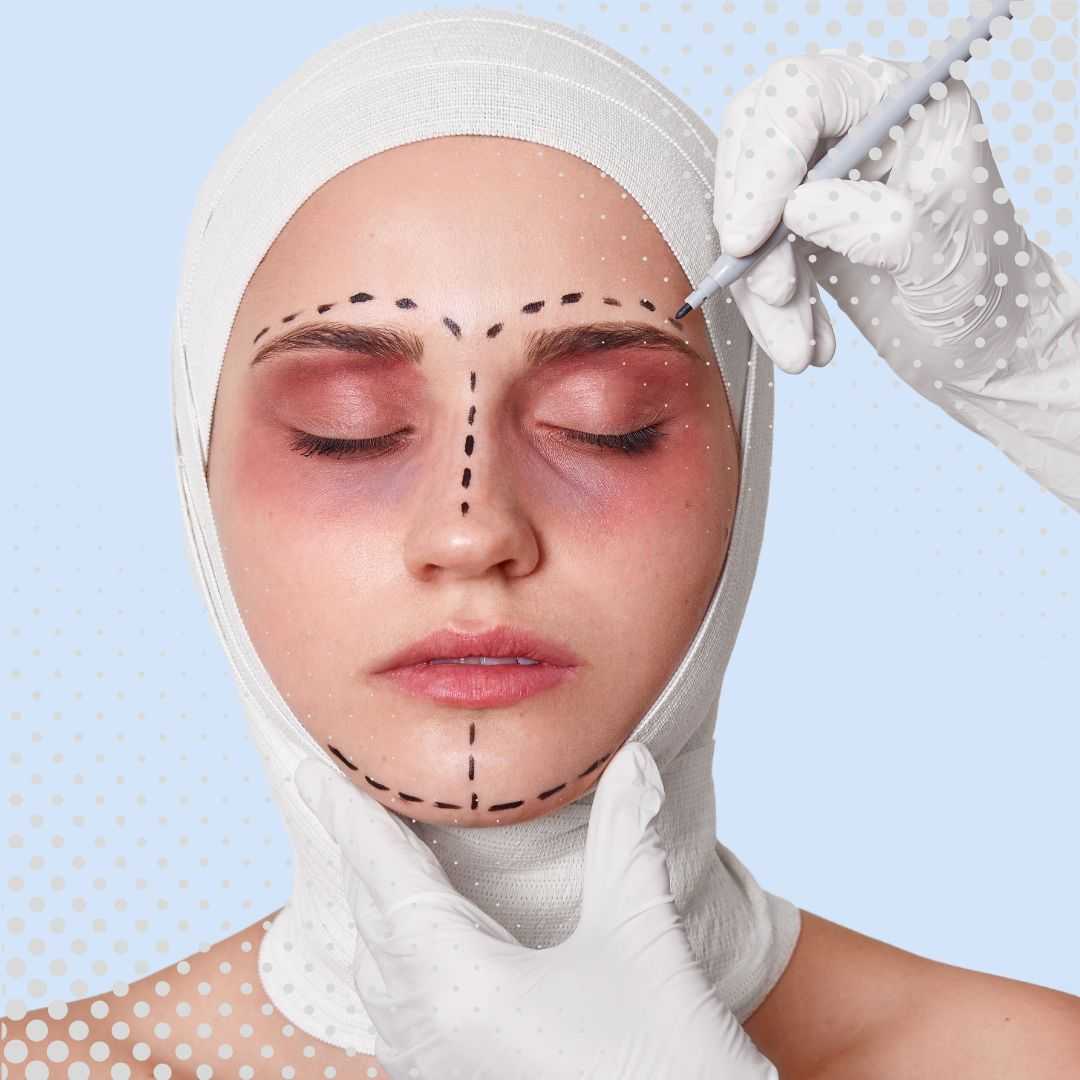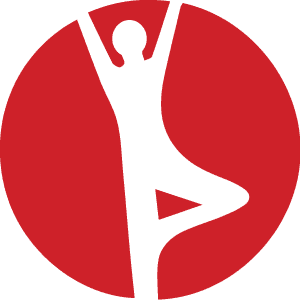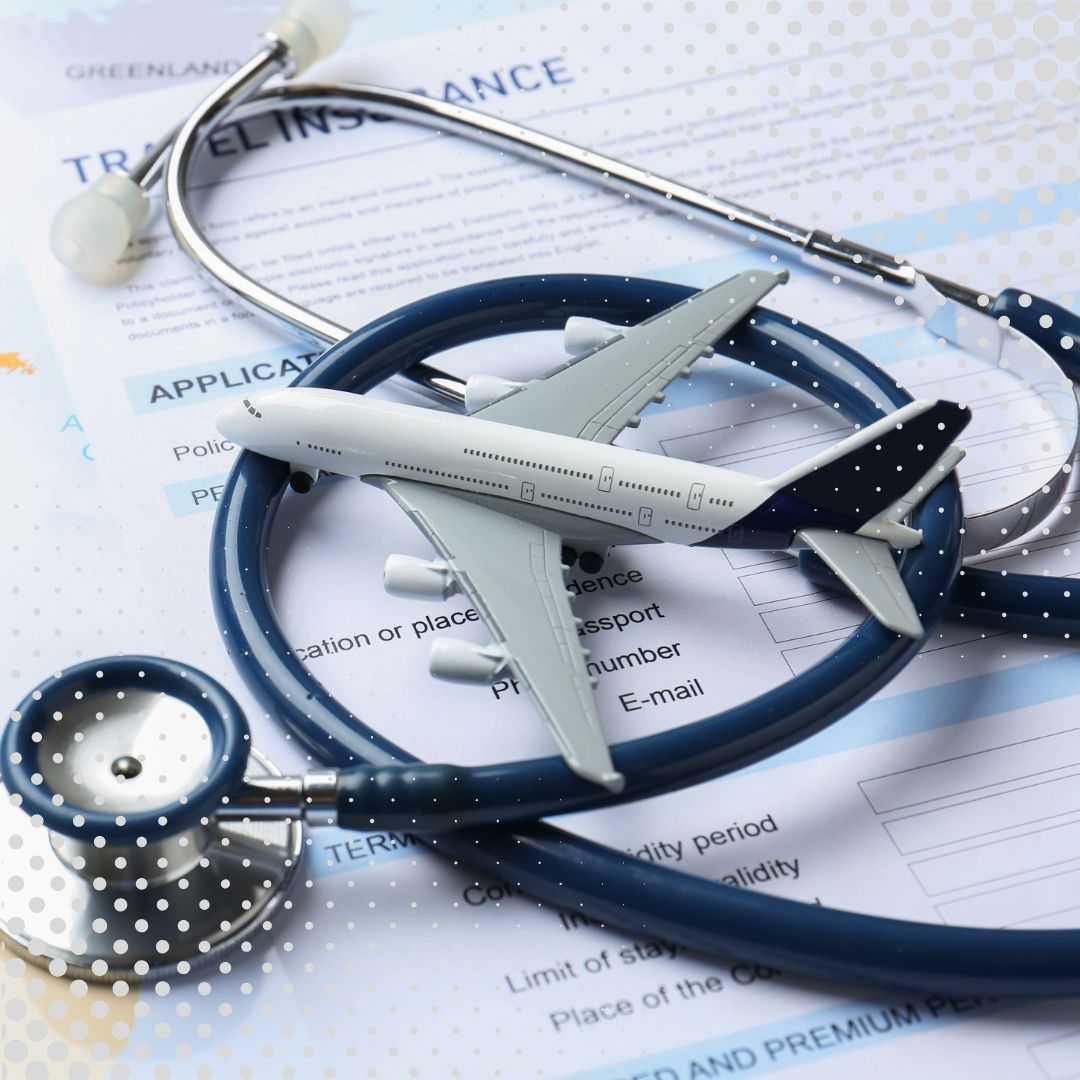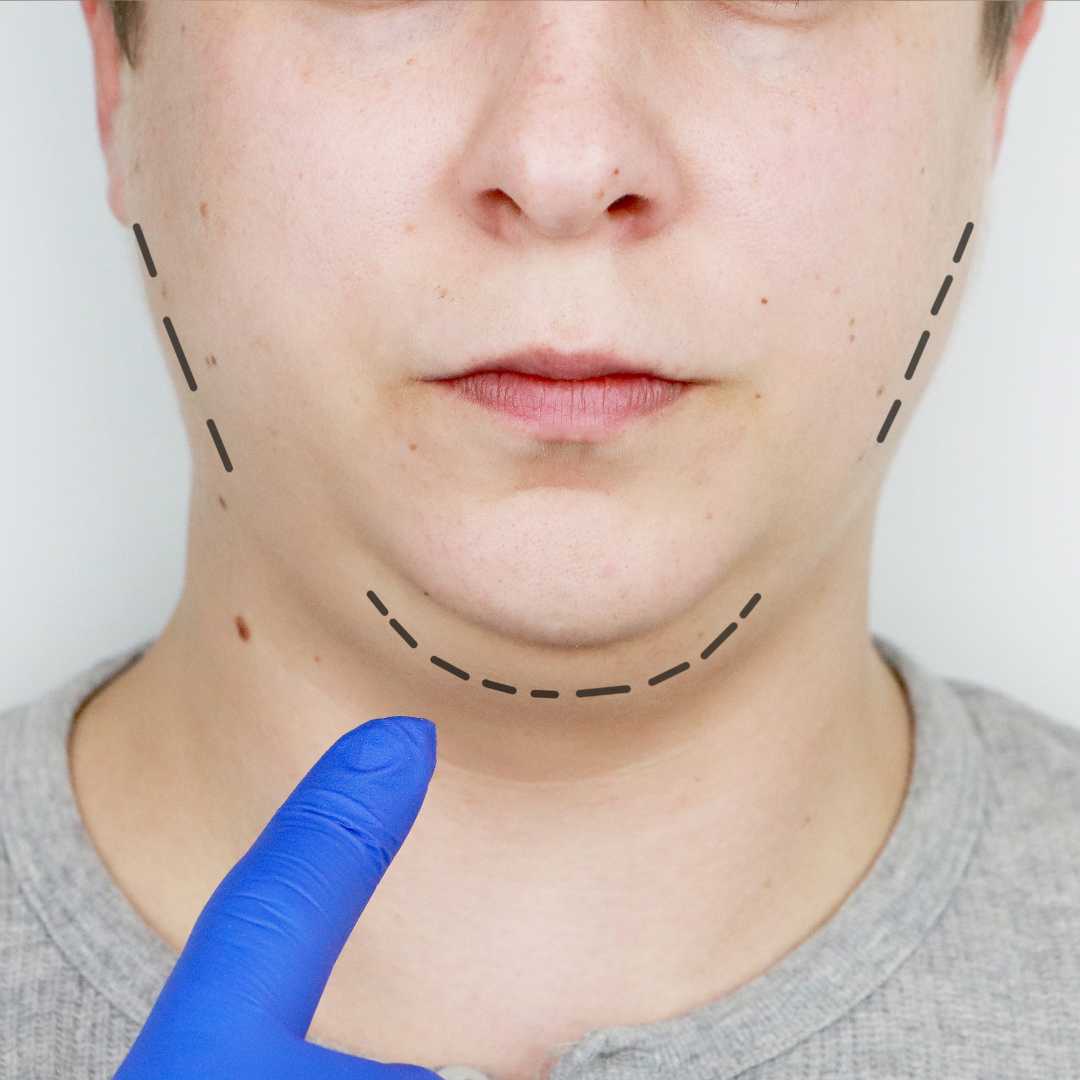
Thinking About Plastic Surgery? Why Going Abroad Might Be Your Best Move
Considering plastic surgery is a significant and personal decision. You're thinking about making a change to feel more confident, more comfortable in your own skin, or to restore something that has been altered by life's events. It's a journey toward a new version of yourself. But have you considered where that journey might take you? For a growing number of people, the path leads beyond their local clinics and across international borders.
Plastic surgery is a medical specialty that focuses on altering or restoring the human body. While many immediately think of cosmetic enhancements like nose jobs or breast augmentations, it also includes reconstructive procedures that are medically necessary, such as rebuilding a breast after a mastectomy or repairing skin after a severe burn. Whether your reasons are aesthetic or reconstructive, the goal is the same: to improve your quality of life.
The concept of traveling for medical care, or "medical tourism," has transformed how people approach healthcare. It opens up a world of possibilities, allowing you to access top-tier surgeons, state-of-the-art facilities, and advanced techniques often at a fraction of the cost you would pay at home. This guide will walk you through everything you need to know about pursuing plastic surgery abroad, from the types of procedures available to how you can plan a safe and successful trip.
What Exactly is Plastic Surgery?
It’s easy to think plastic surgery is all about aesthetics, but its scope is much wider. The field is split into two primary areas that serve different, though sometimes overlapping, purposes.
- Cosmetic Surgery: This is the area most people are familiar with. These procedures are performed to enhance a person's appearance and are considered elective. Think of a sculptor refining a piece of art—cosmetic surgery aims to improve proportions, symmetry, and aesthetic appeal. Examples include a facelift to reduce signs of aging or liposuction to remove stubborn fat deposits.
- Reconstructive Surgery: This type of surgery is medically necessary and focuses on restoring form and function. Imagine a skilled artisan repairing a priceless antique. Reconstructive surgeons fix defects caused by birth disorders (like a cleft palate), trauma (like facial injuries from an accident), or medical conditions (like rebuilding a breast after cancer surgery).
While their goals differ, both types of surgery rely on the same foundational principles of precision, artistry, and a deep understanding of human anatomy. A surgeon's skill is paramount in achieving results that are not only beautiful but also natural and functional.
What are the Most Common Types of Plastic Surgery?
Patients seek a wide variety of procedures to achieve their aesthetic goals. These can generally be grouped by the area of the body they target. Here are some of the most sought-after surgeries worldwide:
- Facial Procedures: The face is often the first thing people notice, so procedures to enhance facial harmony are incredibly popular.
- Rhinoplasty (Nose Reshaping): Modifies the size or shape of the nose to improve facial balance.
- Blepharoplasty (Eyelid Surgery): Removes excess skin from the upper or lower eyelids to create a more alert and youthful look.
- Rhytidectomy (Facelift): Lifts and tightens facial tissues to reduce sagging and wrinkles.
- Breast Procedures: These surgeries can increase or decrease size, or change the shape and position of the breasts.
- Breast Augmentation: Uses implants or fat transfer to increase breast size.
- Breast Lift (Mastopexy): Raises and firms the breasts by removing excess skin.
- Breast Reduction: Removes excess breast tissue and skin to achieve a smaller, more comfortable size.
- Body Contouring: These procedures aim to reshape areas of the body by removing fat and excess skin.
- Liposuction: Suctions fat from specific areas like the abdomen, hips, or thighs.
- Abdominoplasty (Tummy Tuck): Removes excess skin and fat from the abdomen and tightens the abdominal muscles.
- Brazilian Butt Lift (BBL): Transfers fat from other parts of the body to the buttocks to enhance their size and shape.
Who is a Good Candidate for Plastic Surgery?
Not everyone is a suitable candidate for plastic surgery. Surgeons are meticulous about patient selection to ensure safety and satisfaction. The ideal candidate typically meets several key criteria:
- Good Physical Health: You should be free from serious medical conditions that could impair healing or increase surgical risks, such as uncontrolled diabetes or heart disease.
- Realistic Expectations: It's crucial to understand what surgery can and cannot do. Plastic surgery aims for improvement, not perfection. A good candidate has a clear, realistic goal for the outcome.
- Stable Weight: For body contouring procedures, it’s best to be at or close to your ideal weight. Significant weight fluctuations after surgery can compromise the results.
- Non-Smoker: Smoking constricts blood vessels and severely hampers the body's ability to heal. Most surgeons require patients to quit smoking for several weeks before and after the procedure.
- Psychological Stability: You should be choosing surgery for yourself, not to please someone else or to get through a difficult life event. A positive mindset and emotional preparedness are key to a smooth recovery.
Why are People Traveling Abroad for Plastic Surgery?
The decision to pack a suitcase for a surgical procedure might seem daunting, but millions do it every year for compelling reasons. The "medical tourism" trend is booming, especially in the field of plastic surgery. Here’s why:
- Major Cost Savings: This is often the number one motivator. The exact same procedure performed by a highly qualified surgeon can cost 40-70% less overseas than in countries like the U.S. or UK. This is due to lower labor costs and operational expenses, not a compromise on quality.
- Access to Top Specialists: Some countries have become world-renowned hubs for specific procedures. For example, Turkey is famous for rhinoplasty and hair transplants, while Colombia is a top destination for body contouring. Medical tourism allows you to choose a surgeon who specializes in your desired procedure.
- Shorter Wait Times: In countries with public healthcare systems, the wait for even medically necessary plastic surgery can be long. Wait times for elective cosmetic procedures can be even longer. Abroad, you can often schedule your surgery within weeks.
- Privacy and Comfort: Recovering away from home offers a level of privacy that many patients appreciate. You can heal in a relaxing environment, like a comfortable hotel or a specialized recovery house, without the pressures of daily life or nosy neighbors.
How Much Can I Really Save on Plastic Surgery Overseas?
The cost difference can be staggering. While prices vary based on the surgeon, clinic, and complexity of the procedure, the table below provides a general comparison for some of the most popular surgeries. These are average costs and may not include flights or accommodation, although many international clinics offer all-inclusive packages.
| Procedure | Average Cost in USA/UK | Average Cost in Turkey | Average Cost in Mexico | Average Cost in Thailand |
|---|---|---|---|---|
| Rhinoplasty | $7,000 - $12,000 | $3,000 - $5,000 | $4,000 - $6,000 | $3,500 - $5,500 |
| Breast Augmentation | $8,000 - $15,000 | $3,500 - $5,500 | $4,500 - $6,500 | $4,000 - $6,000 |
| Liposuction (per area) | $4,000 - $8,000 | $2,500 - $4,000 | $3,000 - $5,000 | $2,000 - $4,500 |
| Tummy Tuck | $10,000 - $20,000 | $4,000 - $6,000 | $5,000 - $7,500 | $4,500 - $7,000 |
Is it Safe to Get Plastic Surgery in Another Country?
This is one of the most important questions, and the answer is a resounding "yes," but with a crucial condition: you must do your homework. Horror stories often stem from patients who chose a clinic based on price alone without proper vetting. A safe medical tourism experience depends entirely on the quality of the surgeon and the facility you choose.
Many top international hospitals are accredited by globally recognized bodies like the Joint Commission International (JCI), which is the gold standard in healthcare. Surgeons abroad often receive training in the US or Europe and are members of international plastic surgery societies. The key to safety is research. Look for transparency, credentials, and a proven track record. Services like PlacidWay help by pre-screening clinics and surgeons, taking much of the guesswork out of the process for you.
Which are the Best Countries for Plastic Surgery?
While you can find skilled surgeons all over the world, a few countries have emerged as leaders in medical tourism for plastic surgery. Each has its own unique appeal:
- Turkey: A global leader, especially for rhinoplasty, BBL, and hair transplants. Istanbul is home to numerous JCI-accredited hospitals and offers highly competitive pricing.
- Mexico: Its proximity to the United States makes it a convenient choice for North Americans. Cities like Tijuana and Cancun have state-of-the-art clinics specializing in "mommy makeovers" and body contouring.
- Thailand: Known as the "Land of Smiles," Thailand combines world-class medical care with unparalleled hospitality. It is a top choice for a wide range of cosmetic procedures in a resort-like setting.
- Colombia: Famous for producing some of the world's best plastic surgeons, particularly in body sculpting procedures like liposuction and BBLs. The country is celebrated for its natural-looking, aesthetically pleasing results.
What Should I Look for in a Surgeon and Clinic Abroad?
Your safety and results depend on this step. Don't be swayed by flashy websites or rock-bottom prices. Use this checklist as your guide:
- Board Certification: This is non-negotiable. Ensure the surgeon is certified by a reputable national or international board of plastic surgery.
- Specialization: A surgeon might be excellent at facelifts but have less experience with BBLs. Choose a doctor who frequently performs your specific procedure.
- Before-and-After Photos: A picture is worth a thousand words. Review their portfolio to see if their aesthetic style aligns with your goals.
- Patient Reviews: Look for testimonials on independent platforms, not just the clinic's own website.
- Clear Communication: Does the clinic staff speak your language? Do they answer your questions thoroughly during a virtual consultation?
- Hospital Accreditation: Confirm that the facility where the surgery will be performed is accredited and equipped for emergencies.
What is the Recovery Process Like When You Travel for Surgery?
Recovering abroad is different from recovering at home, but it can be a surprisingly smooth and relaxing experience if planned correctly. The typical timeline involves staying in the destination country for 1-2 weeks after your surgery. This allows your surgeon to monitor your initial healing and remove any stitches during follow-up appointments.
Most patients stay in a nearby hotel or a specialized recovery facility that provides nursing care, meals, and transportation. This is a crucial time for rest. Once your surgeon gives you the green light to travel, you’ll fly home. It is essential to follow all post-operative instructions, such as wearing compression garments and avoiding strenuous activity. You should plan for additional time off work once you are back home to complete your recovery.
What are the Potential Risks and Side Effects?
Every surgical procedure, no matter where it's performed, comes with potential risks. A transparent and ethical surgeon will discuss these with you in detail during your consultation. General risks include:
- Adverse reaction to anesthesia
- Infection
- Excessive bleeding or hematoma (a collection of blood under the skin)
- Poor wound healing or unfavorable scarring
- Nerve damage
Common, temporary side effects are a normal part of the healing process. You should expect some swelling, bruising, and discomfort, which can be managed with medication prescribed by your surgeon. Being aware of these possibilities allows you to make an informed decision and prepare for your recovery period properly.
How Do I Plan a Medical Trip for Plastic Surgery?
Organizing a medical trip might seem complex, but it can be broken down into manageable steps. Using a medical tourism facilitator like PlacidWay can simplify this process immensely, as they handle many of the logistics.
- Research: Start by identifying top countries and clinics for your desired procedure.
- Consultation: Schedule virtual consultations with your top 2-3 choices. This is your chance to ask questions and get a feel for the surgeon and their team.
- Booking: Once you've chosen a clinic, you'll schedule your surgery date. You can then book your flights and accommodation. Plan to arrive a day or two early and stay for the recommended recovery time.
- Preparation: Arrange for time off work, find someone to help at home if needed, and pack essentials for a comfortable recovery, such as loose-fitting clothes and any necessary medications.
What Happens if There are Complications After I Return Home?
This is a valid and important concern. A reputable international clinic will not abandon you after you leave. They should provide clear instructions for aftercare and be available for virtual follow-up appointments via video call or email. Before you travel, it’s a good idea to speak with your local primary care physician. Let them know about your plans so they can be a resource for you when you return.
For added security, many medical tourism facilitators offer specific medical complication insurance policies. These policies can cover the costs of any necessary revision surgery or treatment should a rare complication arise. This pre-planning ensures you have a support system in place, both abroad and at home.
Your Journey to a New You Starts Here
Your journey to confidence is just a click away. Don't let borders define your beauty goals. The world is full of highly skilled surgeons ready to help you achieve your dreams safely and affordably. Taking that first step can be empowering.
Contact PlacidWay today for a free, no-obligation consultation and discover world-class plastic surgery options that fit your budget and dreams. Let us connect you with the best.










Share this listing